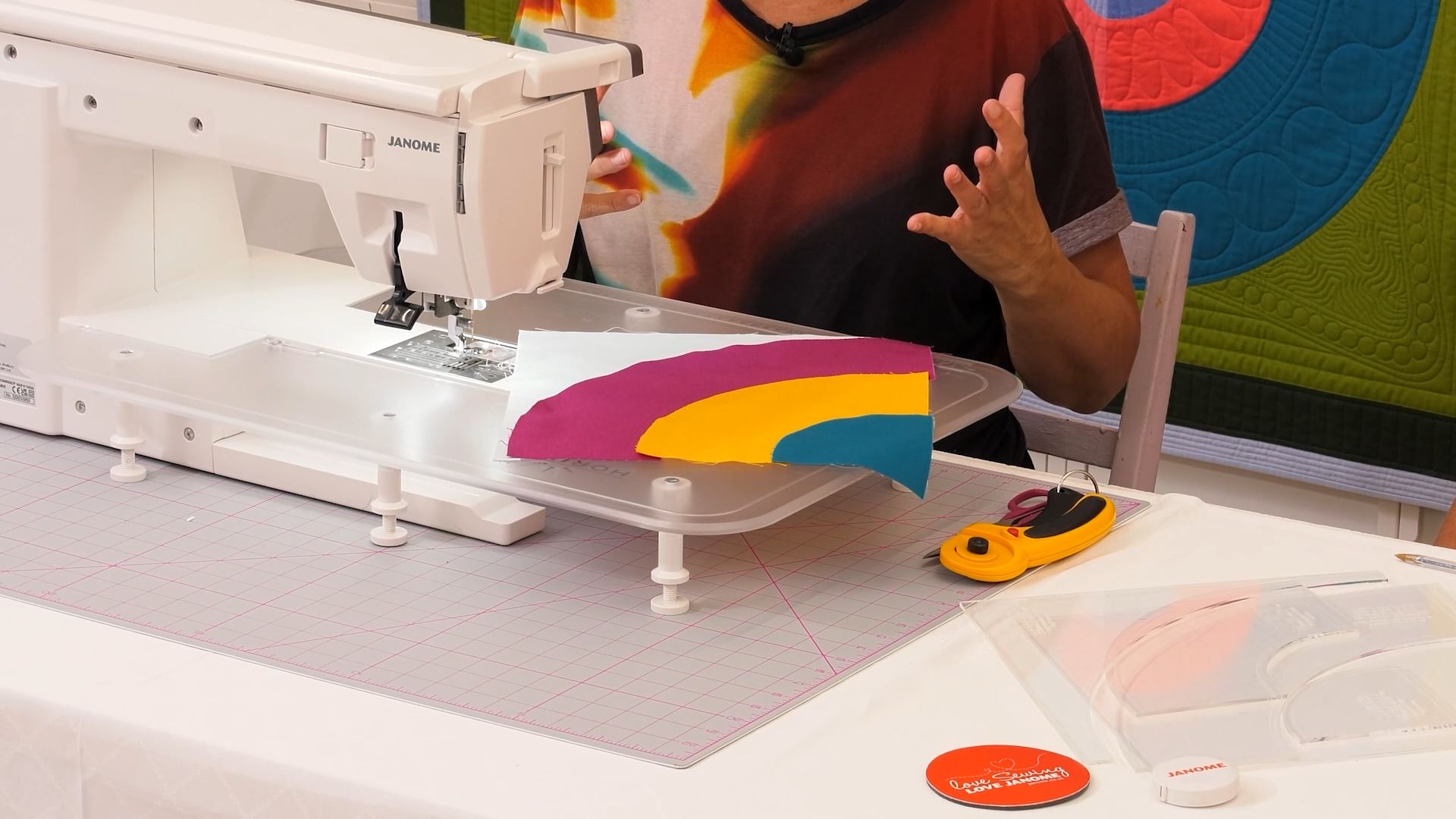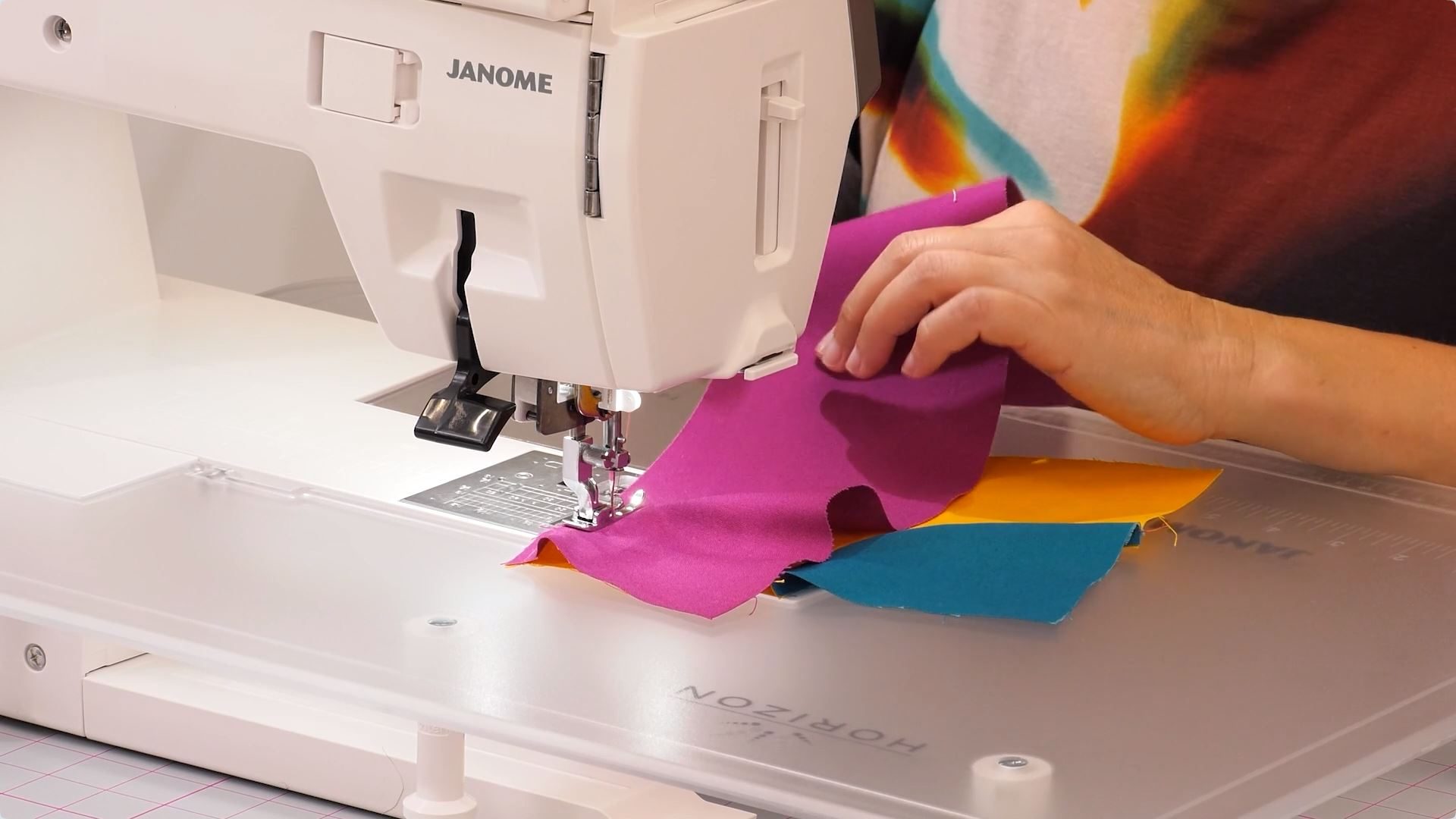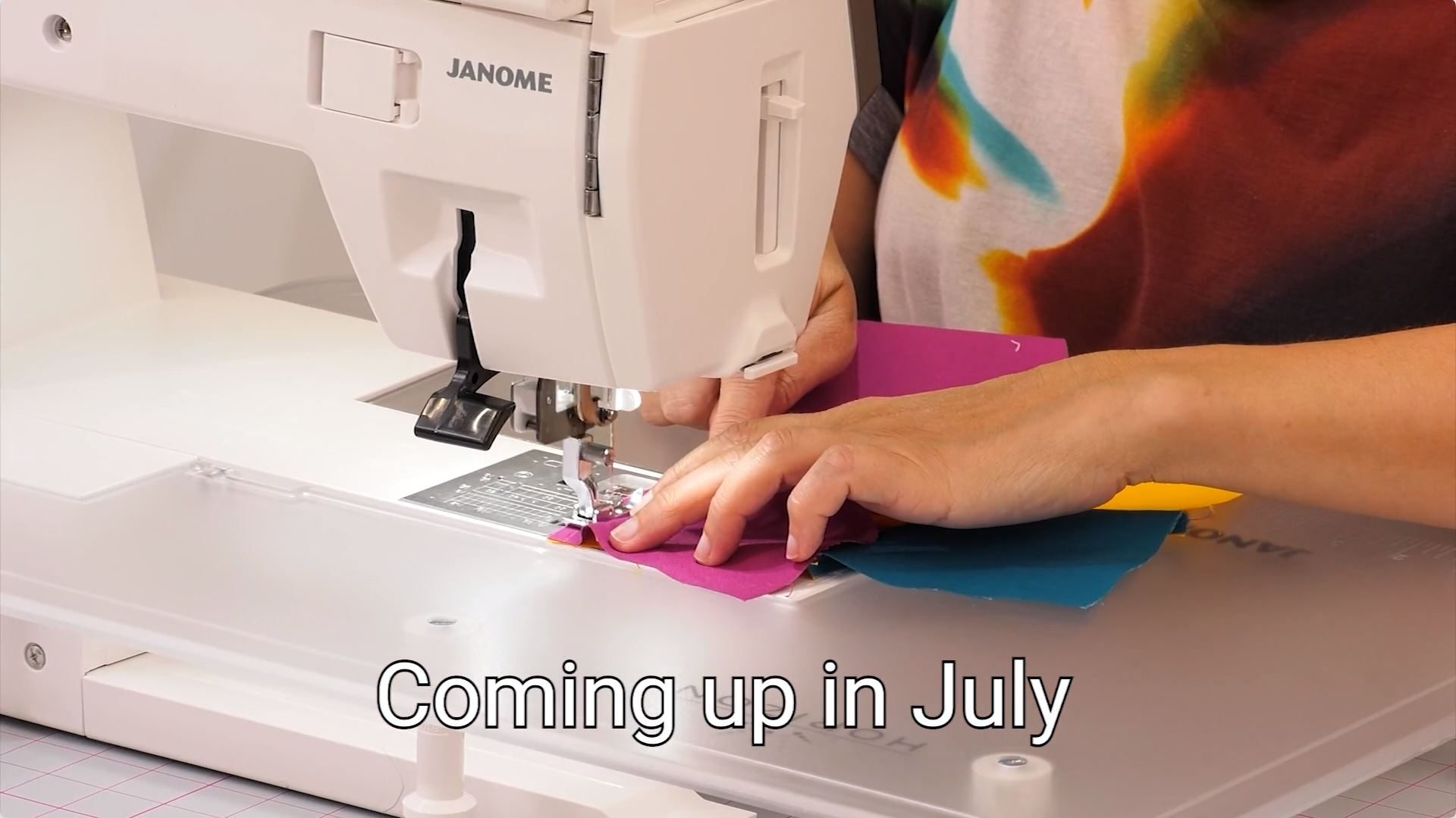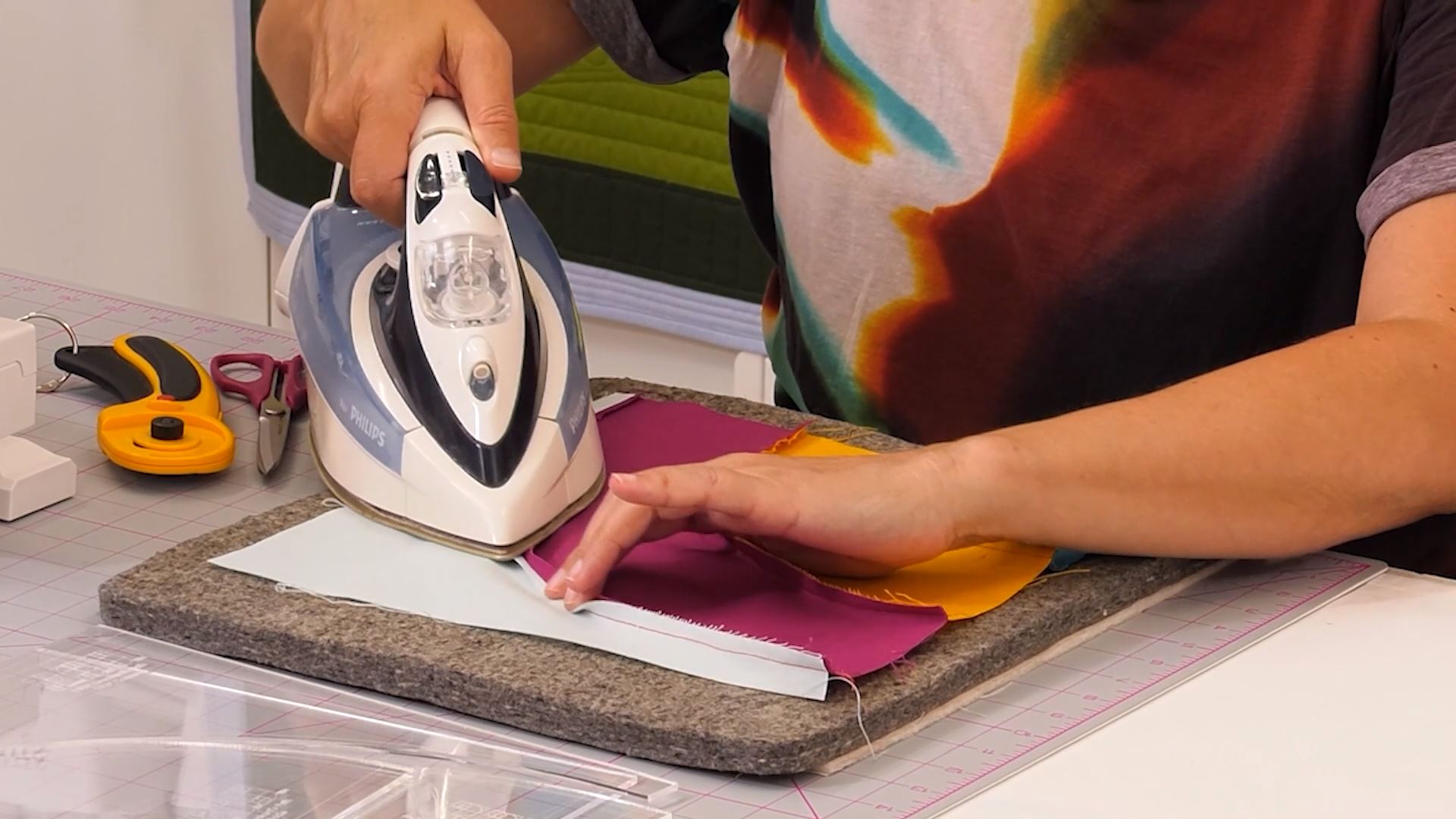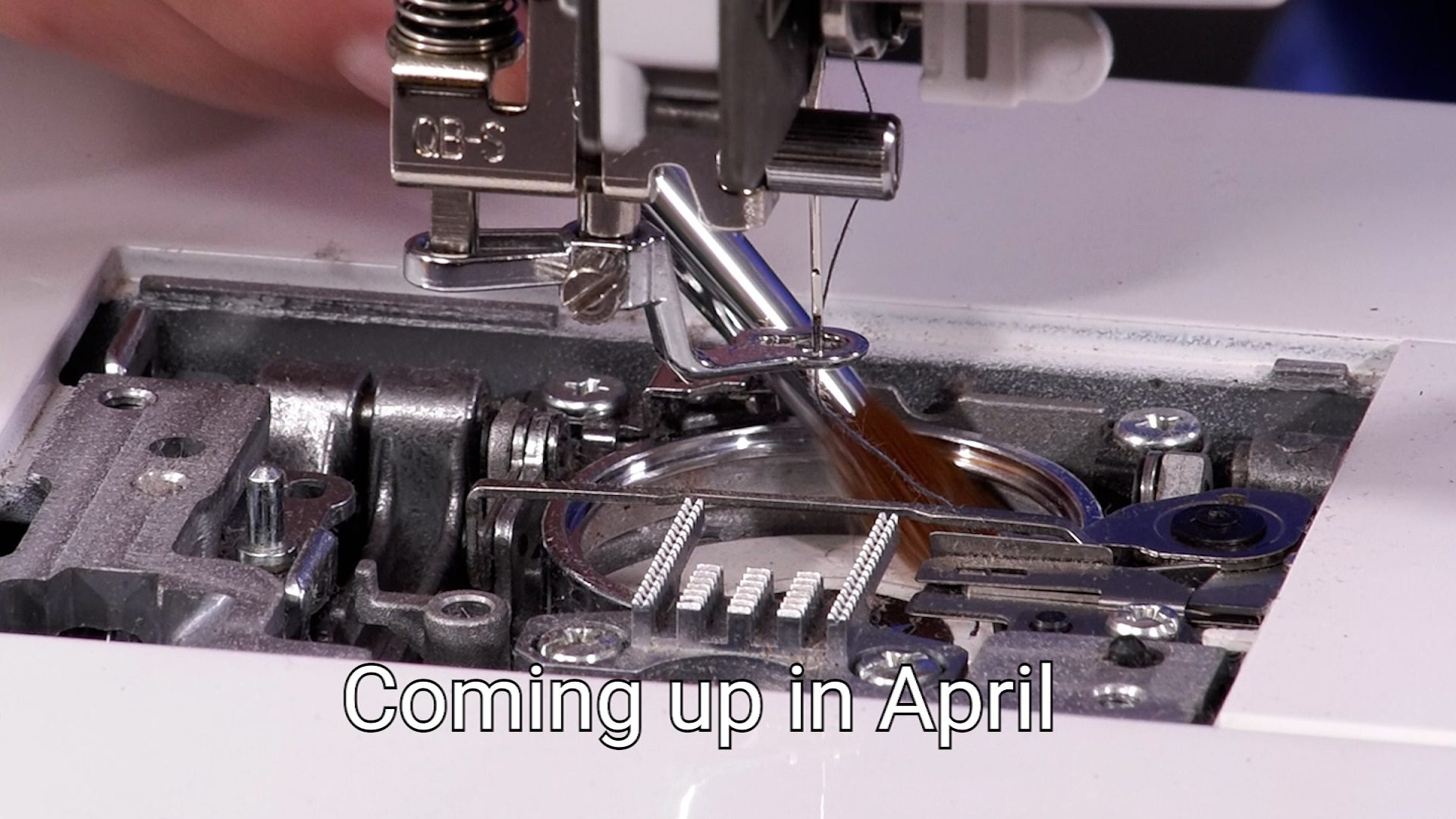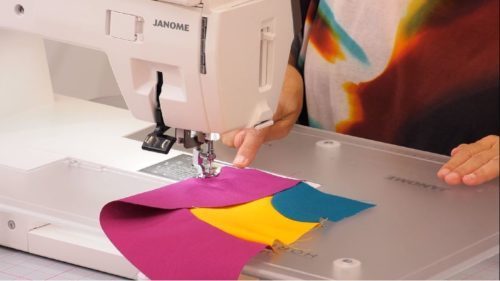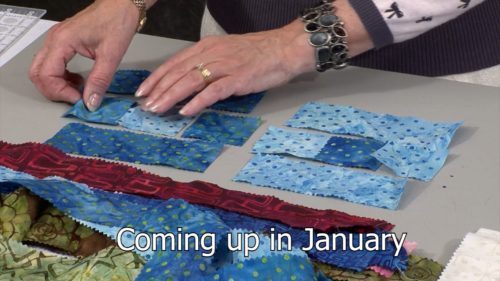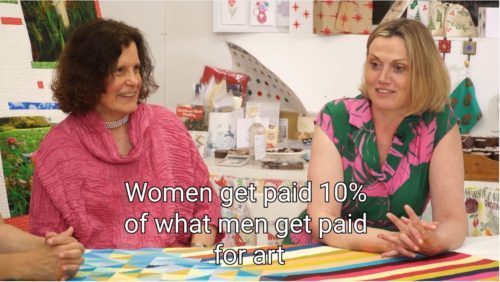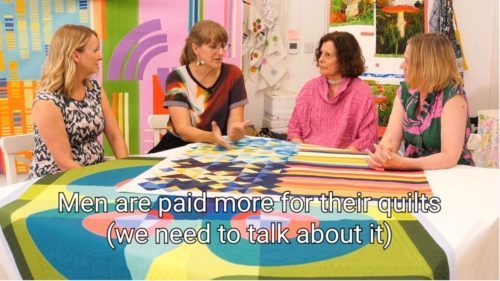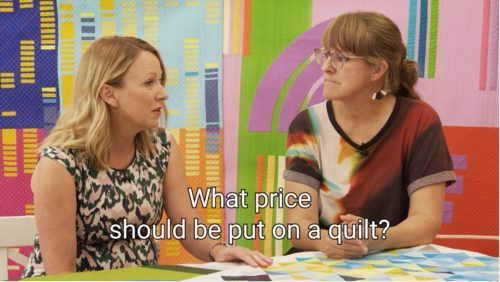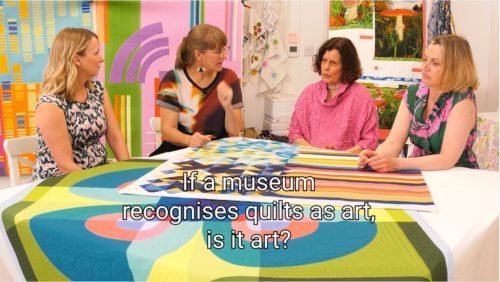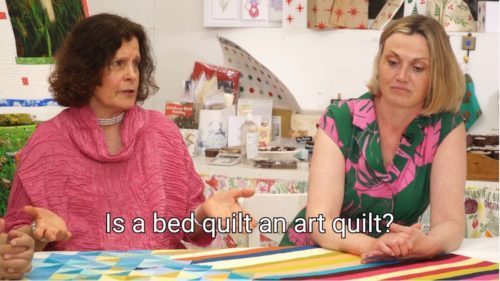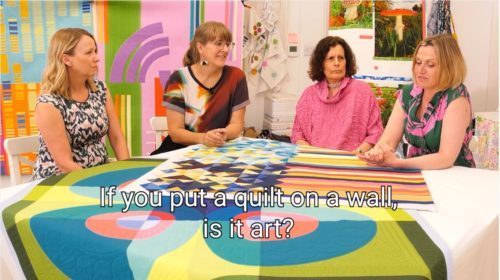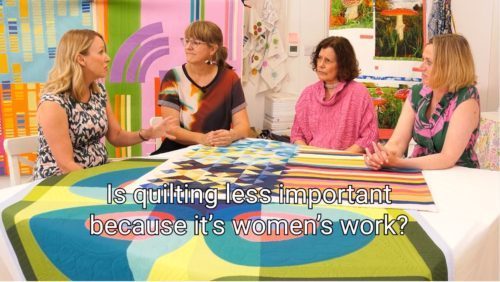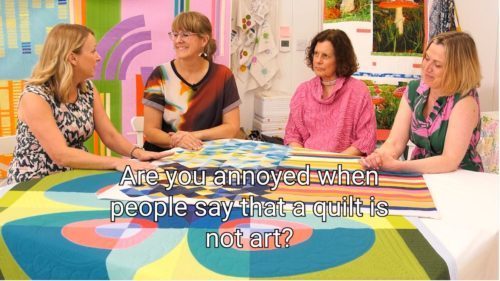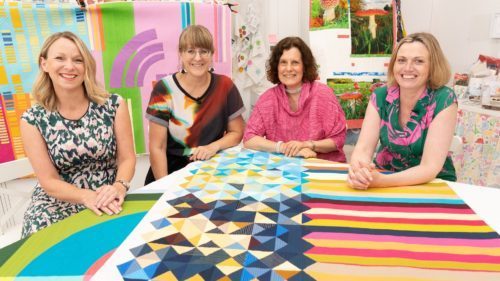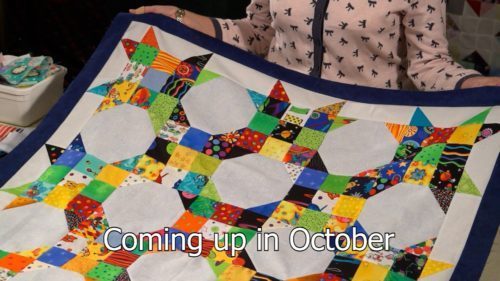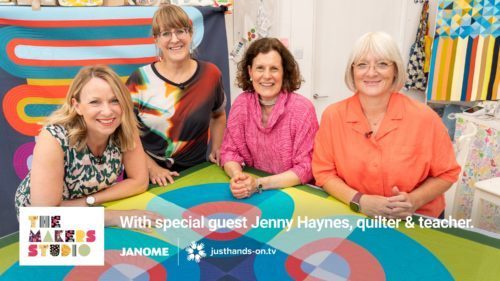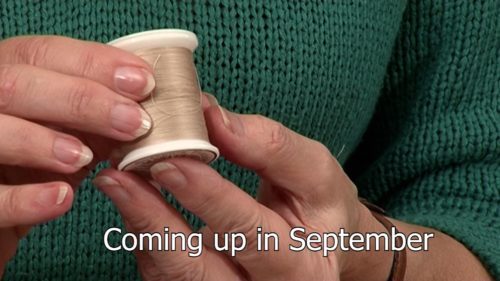About Jenny
Jenny is a modern quilt designer and teacher known for her colourful, curvy machine pieced patterns.
Jenny Haynes (née Nilsson) studied Pattern Cutting and Tailoring in her native Stockholm. Soon after, she followed her passion for fabrics and moved to London to study Fashion and Textiles at the London College of Fashion. She went on to develop her own label ‘Papper, Sax, Sten’ (that’s ‘Paper, Scissors, Stone’ in case you’re wondering!), creating award-winning designs that reflect her many different influences. She is based out of Sheffield, now.
Her bespoke quilts and furnishings are recognised for their clean and simple, mid-century modern design. Jenny mixes rich colours with pastels and is not scared of a colour clash. She often uses her trademark curves together with solid fabrics, while remaining faithful to her Scandi’ roots.
Jenny’s work was recognised in Summer 2015 when Jenny was invited by the Swedish Chamber of Commerce, along with 18 other Swedish designers, to be a part of Heal’s Swedish Summer Exhibition. Heal’s have a long history of promoting Swedish design with exhibitions in 1923, 1951 and 1971.
Her quilts and patterns appear regularly in books and magazines, including Thames & Hudson for the V&A and in Patchwork & Quilting: A Maker’s Guide, ‘Designed by teachers and practitioners at the leading edge of today’s craft revival.
Two of her quilts won awards at QuiltCon 2019 in Nashville. QuiltCon is arranged by the Modern Quilt Guild and is the biggest exhibition of modern quilts in the World.
When Jenny isn’t designing her curvy and quirky quilt patterns, she teaches at the V&A as well as giving talks and running workshops for Guilds and textile venues in the UK and abroad. She also offers live online workshops.
You can watch Jenny demonstrate how to sew no pin curves in this episode of The Makers Studio series.
Signature Technique
Colourful curvy quilt patterns
Top Tips
- Use a shorter stitch length (1.8) for stitching curves to give your block extra strength and to avoid splitting in the seam.
- When colours clash a bit it gives your quilt spark.
- When sewing curves, always start with the smallest curve then work your way up.
- Your finger is the pin when sewing no pin curves.
- Always finish all of your piecing before pressing your block. It’s easy to stretch your block out of shape if you press before you are done.
- Press your seams open for a flat, block print like finish.
- Use a tailor’s block to help you seams stay flat.
- Precise and variable quilting designs help to enhance the organic shapes in your quilt.
Videos
Patterns
Posts
7th February 2014
Here we are in February (after a 5 week January [...]
Printing images onto fabric
I wish to make a cot quilt for my expected grandchild and would like to make some of the squares personalised by printing images from my computer onto the fabric. I see there are several methods of achieving this and wonder if in your experience you could recommend a tried and tested way. As this is for a baby, it will obviously be subjected to washing so the method needs to produce waterproof squares Answer: As far as I am aware the fabrics that have been designed to go through your printer for use with your computer work well - and I am not aware that the brand makes any difference. These should be readily available from your quilt shop (or www.creativequilting.co.uk).
You could also use a method which uses fixing ink - but that is a little messier - but used by the textile girls a lot and I think produced by a company called Electric Quilt (who design computere software) and I know is stocked by The Cotton Patch and possibly Art Van Go as well as they are great suppliers of all things required by textile artists.
Does the Microtak gun make holes in the quilt?
Well its a yes and a no; the original gun did have HUGE tags that made really nasty holes and I refused to use or stock them (I owned a quilt shop at the time); however the current generation has a much smaller needle and tiny tags which hold the layers better since we have moved to flatter wadding and don't make holes in the fabric. I use them all the time and despite having several 000 in each box seem to be constantly running out!!!!
TIP: do invest in a tack remover as well as this will keep your quilt safe from little snips from your scissors and also stop you being tempted to use your best scissors to remove them (and spoil your scissors) NB: all these products are in the shop


